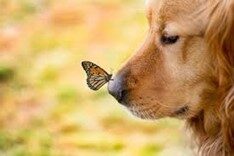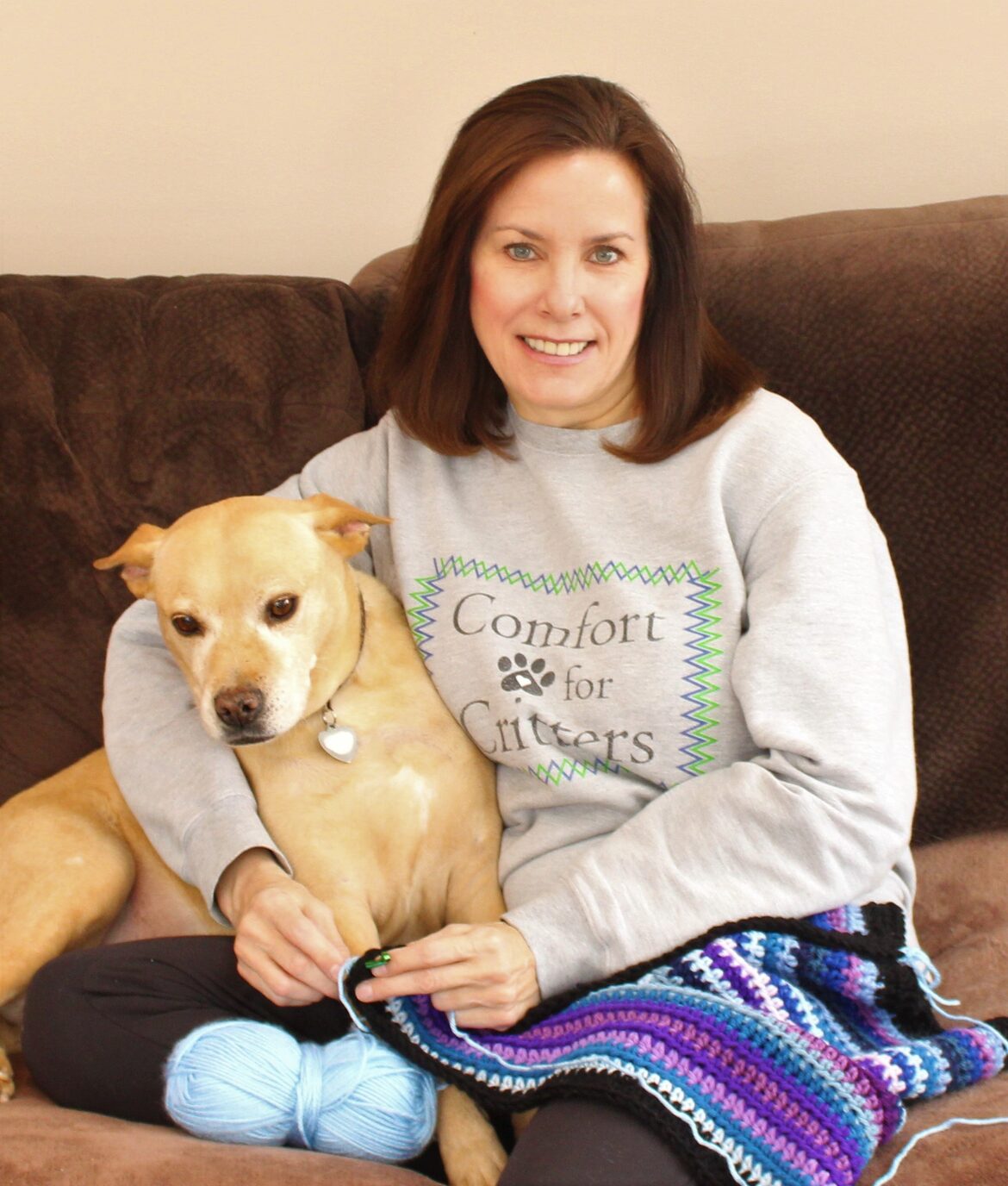 Though butterflies are rarely considered pets, they are so common during some months that they can feel like a member of the family. Nothing compares seeing one land on a nearby flower, as I do my weekly “walkabout”, checking in on each of my glorious, blooming plants. It’s a magical feeling of communing with nature and getting to watch it unfold. These flying creatures combine diligence and grace in an enticing package. They’re also a wonderful reminder that insects needn’t be squashed underfoot.
Though butterflies are rarely considered pets, they are so common during some months that they can feel like a member of the family. Nothing compares seeing one land on a nearby flower, as I do my weekly “walkabout”, checking in on each of my glorious, blooming plants. It’s a magical feeling of communing with nature and getting to watch it unfold. These flying creatures combine diligence and grace in an enticing package. They’re also a wonderful reminder that insects needn’t be squashed underfoot.
Butterflies are also valuable to the environment, though that’s not why they should be treasured. So much beauty and brilliance packed into floating works of art. What a Creator we have, to imagine such a thing into being! As with so many things in nature, the closer we look, the more impressed we become. Would you imagine that there are over 20,000 species of butterflies that share our planet? In the US alone we have over 100 completely different types of butterflies. With their short lifespan of only about a month, I encourage you to enjoy them while they in your midst or your garden.
They also offer a wonderful analogy to the human condition. They literally need warmth to fly! Butterflies are only around during warm weather since they are cold blooded insects, relying on the sun to heat their body to 86 degrees Fahrenheit so they can take flight. Below that temperature, they will simply drop to the ground. What a great lesson about raising kids, encouraging each other, and getting through a crisis together. Simple warmth does wonders, and for some is mandatory.
On the other hand, they have a darker side, unknown to many! While it’s awesome to see a butterfly happily sip nectar from flowers through their straw-like tongue, some species will take a stronger stomach to watch. These butterflies never visit flowers but dine on tree sap, rotting fruit, animal dung and decaying animals. Some even have cravings for mud, human sweat (which is probably why they land on you) and urine (including their own). Since they “taste” using tiny receptors in their feet, it’s no wonder they are not always picky about what they consume.
I will give them credit for being survivors though (and for looking cool in the process). They can withstand harsh rain and even freezing temperatures. Butterflies will hide-out on the underside of a leaf, between rocks, or crawl down amongst blades of grass to avoid storms and to sleep at night. Many types of butterflies can survive even cold winter climates, but at least one stage in their lifecycle must be resistant to freezing. Typically, they survive the winter as either caterpillars or pupas, safely tucked away.
This brings us back to the topic of pets. Caterpillars can be wonderful pets, with many “kits” on the market to house and care for them. As they move through their stages, emerging as butterflies in the end, they can (and I would argue should) be released into the wild. Butterflies can technically be kept as pets, but all their special needs should be met. This includes the proper nutrition, warmth and a huge amount of space to fly!
I’m thrilled to see that butterflies are rising up in the ranks of pollinators that humans care about, and are now only second only to bees. With the unfortunate decline in the bee population, butterflies are indeed stepping up to do their part. As with so many animals, the largest threat to the butterfly is the disappearance of their natural habitat. Thankfully, this is something we can all do something about. There are many wonderful trees, bushes, flowers and vegetable plants which will bring butterflies to your yard and give them a habitat for survival. Add as many as you can to your yard and you’ll enjoy the plants as well as their visitors!
Making a difference to another species can really be that simple. The fact that it’ll likely help the species you are a part of, is just a wonderful, marvelous bonus!
